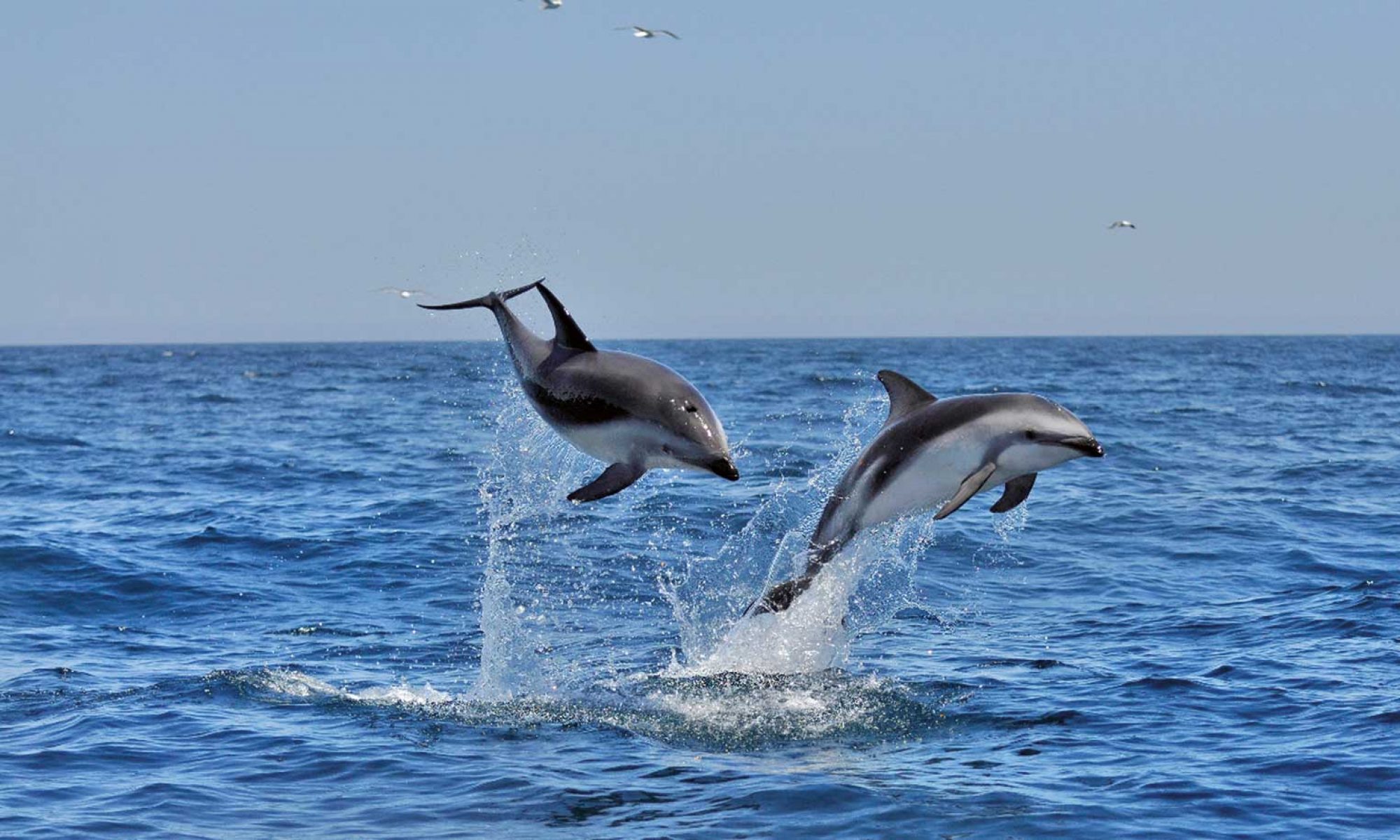The Guyana dolphin (Sotalia guianensis) is one of the smaller dolphin species and lives exclusively in South America along a narrow coastal strip from Honduras to Brazil. Due to its coastal distribution, this species is severely affected by human activities. In Venezuela, the main distribution areas are the Orinoco River and Lake Maracaibo. The International Union for Conservation of Nature IUCN Red List classifies the Sotalia dolphin as Potentially Endangered (NT). At the regional level, however, the species is classified as endangered. Due to the increase in fishing activity along the entire distribution area and habitat destruction, it is to be feared that local populations are in danger of disappearing completely in the future. Lack of monitoring and control has dramatically worsened the situation for these dolphin populations.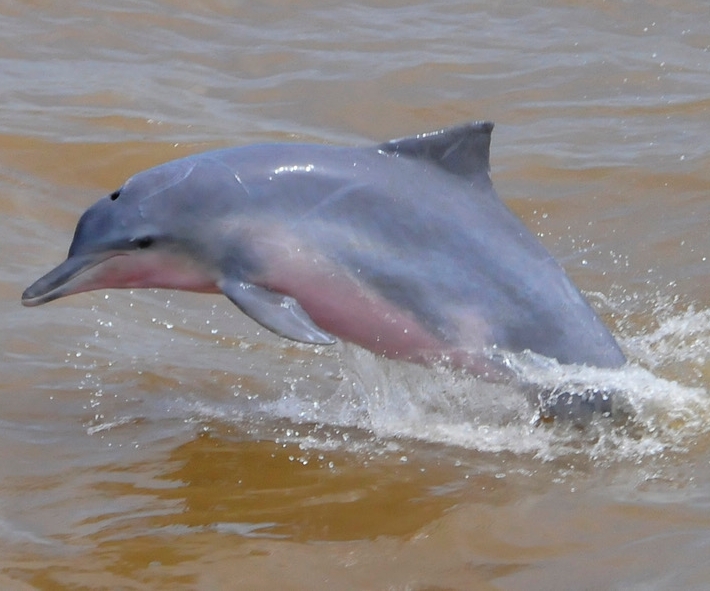
Several genetic and morphological studies suggest that the Guyana dolphin population from Lake Maracaibo must be considered a separate management unit due to the differences from the rest of the population. Lake Maracaibo has the highest bycatch rate for this species, with a casualty count of 180 individuals/year. It is the only region in Venezuela where a species of dolphin is exploited for human consumption. In addition, there are regular problems with the oil pipelines with catastrophic consequences for the environment. Every year, there are about 15 oil spills in Lake Maracaibo, which in turn results in contamination with heavy metals and other toxins. Initial studies have already shown negative effects on marine mammals.
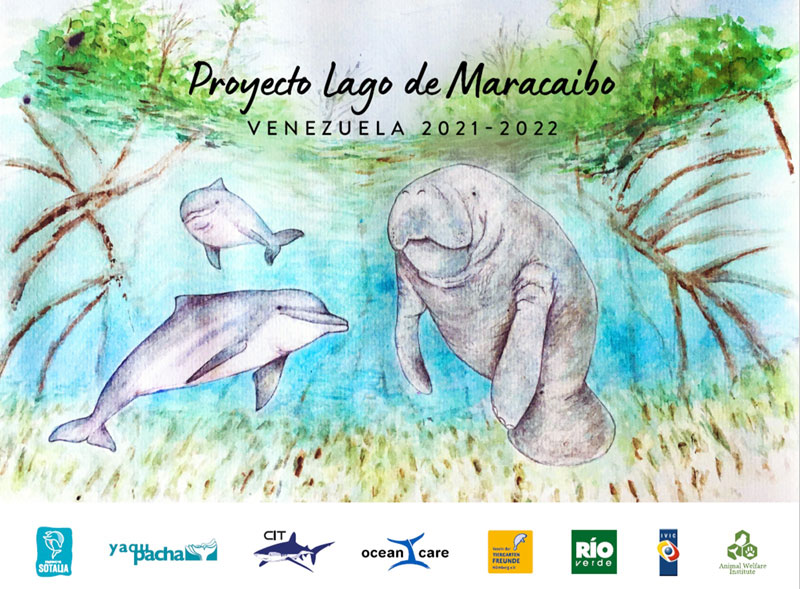
Although studies on population size, behaviour and biology are available for the Sotalia Guyana dolphin on a global scale, such findings are unknown for the population in the Maracaibo. In order to be able to better evaluate the extent of the bycatch problem, a monitoring program is important.
Achievements and progress to date
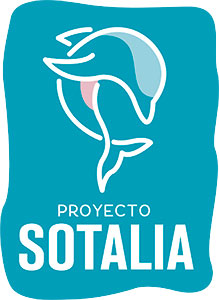
Thanks to PROYECTO SOTALIA and YAQU PACHA, various studies on the biology and endangerment of the Guyana dolphin have been carried out in Lake Maracaibo (13,000 km²) since 2016.
For example, since 2016, data on the number of animals killed by fishing has been systematically collected and consumption by the local population has also been documented. On the basis of these figures, the mortality rate can be better defined. In addition, tissue samples from dead animals are examined to determine possible contamination with mercury and heavy metals. These data are relevant to assess the health of this dolphin population, but also to demonstrate the danger to humans. Initial figures indicate that the levels of some harmful substances are particularly high, so that eating the meat by humans poses a health hazard. In cooperation with other NGOs, a campaign has been launched to warn people against eating dolphin meat and thus protect Guyana's dolphins.
Equally important is the recovery of so-called ghost nets, which repeatedly ensure that animals become entangled and then die. This work is carried out in cooperation with various other NGOs, including the Shark Research Center CIT Venezuela.
In the area of awareness and education, a poster on the impact of heavy metals on the ecosystem of Lake Maracaibo was designed with the support of YAQU PACHA and distributed to fishermen and other people living there. Informative posters have also been completed and distributed in recent years. Visiting schools is another important part of environmental education work.
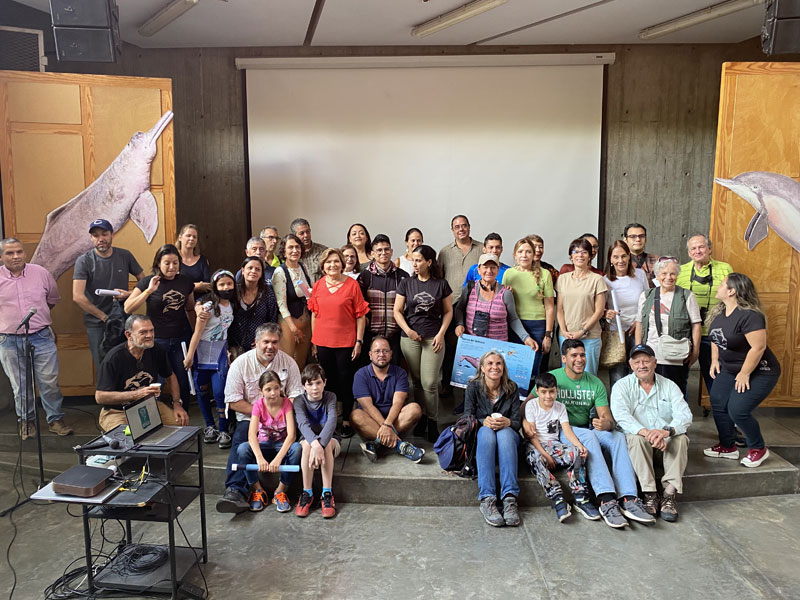
On the occasion of the International Day of the River Dolphins, our partners Proyecto Sotalia had an information event in Venezuela.
Many interested people came to this event and our biologist Yurasi Briceño reported on the work on dolphin conservation and our activities in Venezuela.
Ethnobiology of the Guyana dolphin (Sotalia guianensis) and traditional knowledge of artisanal fishermen in the state of Espírito Santo, southeastern Brazil
The Guyanese dolphin (Sotalia guianensis) is a dolphin threatened by accidental capture in gillnets used in artisanal fisheries in the central coastal mesoregion of Espírito Santo (ES), in southeastern Brazil.
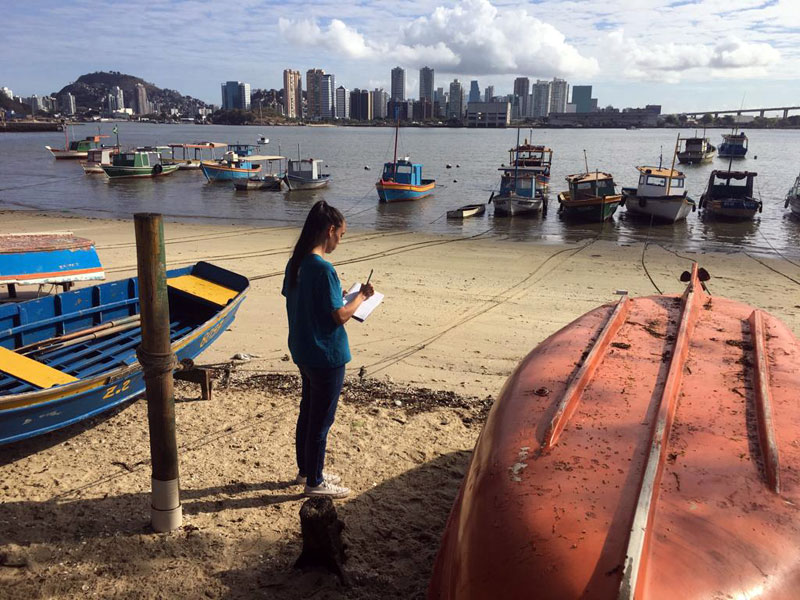
For the state of Brazil, there is little information about these dolphins. Brazil's National Action Plan for the Protection of Endangered Whales and Dolphins (PAN dos Cetáceos Marinhos) highlights the urgent need to collect data on traditional knowledge for the Espírito Santo coast. The objective of this study is to determine, with the knowledge of fishermen, the interactions between Sotalia Delfin and artisanal fisheries in the areas where they are found, for the mesoregion of the central coast of Espírito Santo. In addition, environmental awareness campaigns are to be carried out with children from public schools in fishing communities.
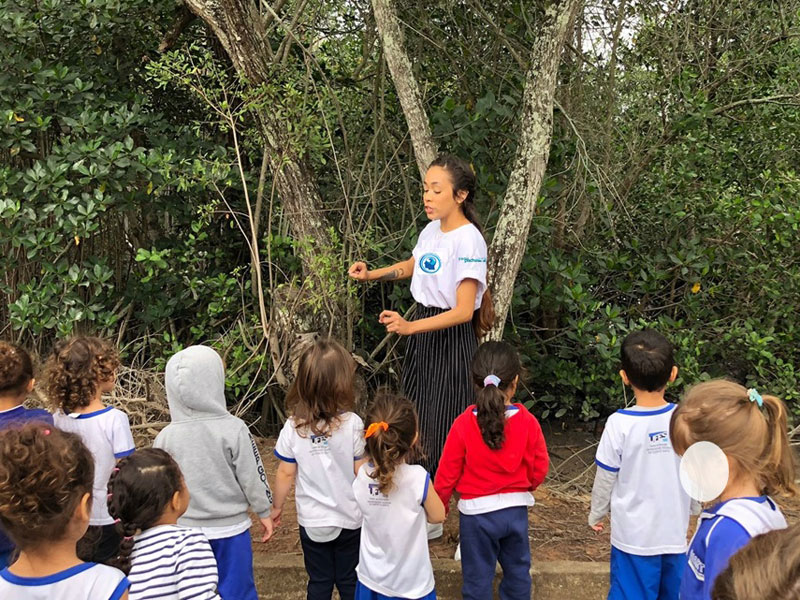
With the results obtained, it will be possible to understand the areas of use and human interactions with the species and to achieve the goals of the PAN of Marine Cetaceans, the Decade of the Oceans and Sustainable Development Goal No. 14 "Life in Water" of the 2030 Agenda. This part of the Sotalia Delfin project is carried out in collaboration with our partners ECOLOGIA HUMANA DO OCEANO .
Team Latin America | Project Sea Otter | Chilean Dolphin Project | Chilean Dolphin | 30 years of YAQU PACHA e.V. | Information about the dolphin species | Species Conservation | Project Manatee | Project Vaquita | Bottlenose dolphin project | Project La Plata Delfin | Expedition to the Inias in the Rio Casiquiare
